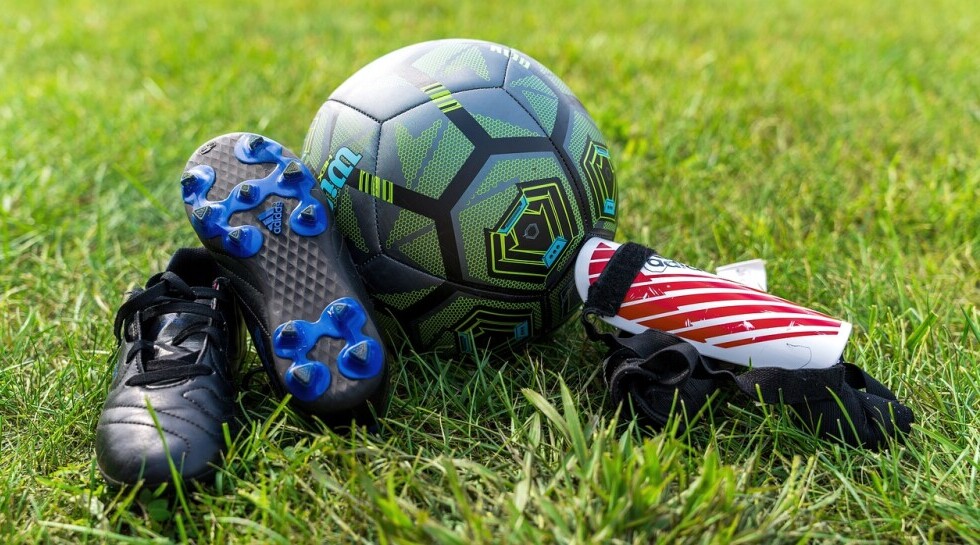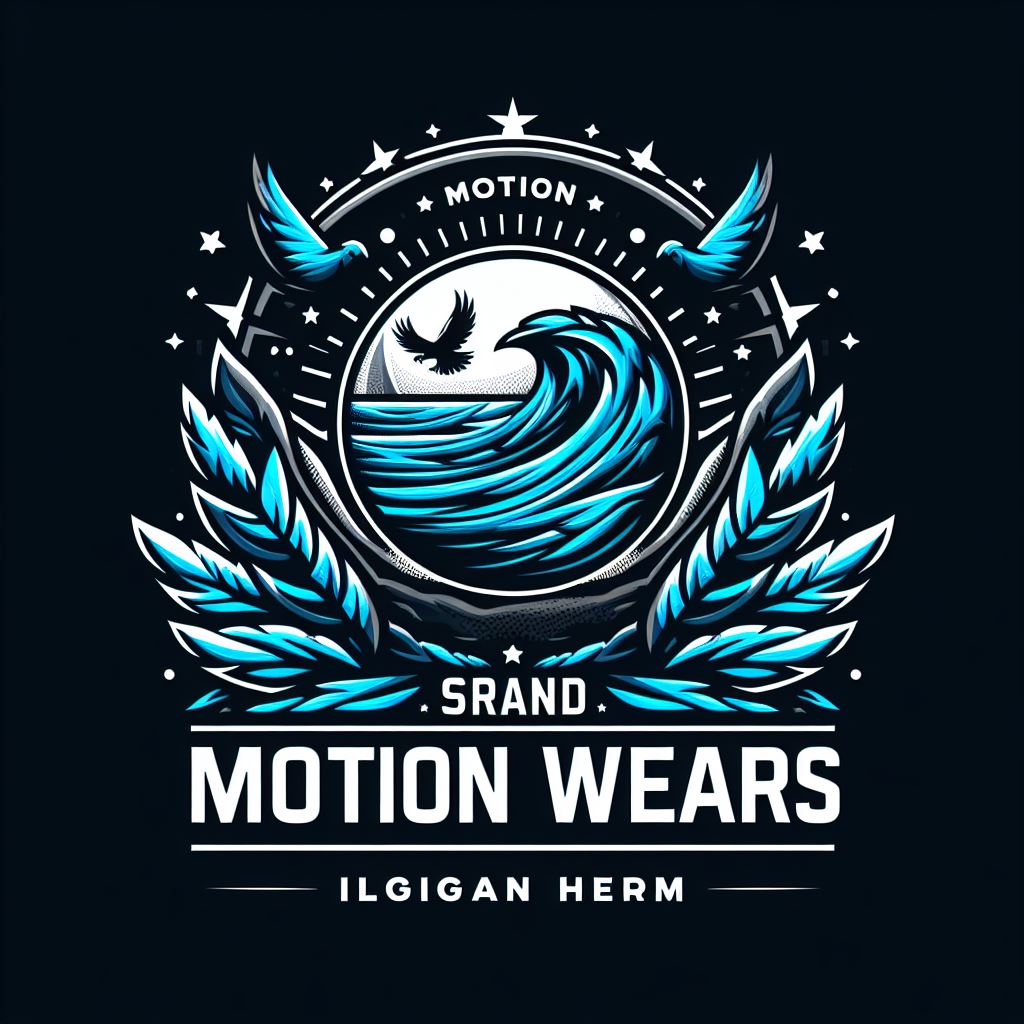
When you’re strapping on a pair of soccer cleats, you’re not just slipping into some shoes. You’re setting up for the game, relying on your gear through sprints and quick turns. Adidas and Nike are the big players in the field when it comes to soccer cleats, and they each have their loyal fans.
Durability in sports gear has become a hot topic. Athletes need equipment that lasts through intense games and tough practices. Nobody wants to spend big bucks on cleats only for them to fall apart after a few matches, right? For those hitting the field regularly, this becomes even more vital.
So, what does ‘durability’ really mean in the world of soccer cleats? It’s not just about how long they last but also how well they hold up under pressure. Are they still keeping you comfortable after hours of play? Do they look beat up after one season, or are they still functional and presentable? That’s where our focus lies today—understanding what makes a pair of cleats truly durable.
Design and Technology: The Foundation of Durability
When it comes to soccer cleats, design and technology are the backbone of durability. Adidas and Nike have distinct approaches that set their cleats apart. Adidas leans on classic designs using high-quality synthetic materials and leather options that promise sturdiness. They focus on comfort without sacrificing resilience.
Nike, on the other hand, often pushes the envelope with cutting-edge tech. They integrate breathable, flexible materials that offer agility along with robustness. Flyknit and other lightweight fibers are part of their strategy to blend speed with durability.
The choice of materials is not just about look and feel—it’s about how they withstand game conditions. With Adidas, you might notice thicker, reinforced areas that handle wear and tear better over time. Nike’s approach tends to translate into lighter cleats that don’t weigh you down, but they incorporate advanced technologies to prevent quicker wear.
Technology doesn’t stop at material choices. It extends to grip patterns, insole comfort, and even the way the cleats mold to your feet after a few games. Adidas excels with solid traction for varied field types, while Nike tends to experiment with configurations that enhance speed without compromising sturdiness.
Investing in a pair of cleats involves understanding the interplay of these factors—how design meets durability. It’s about finding that sweet spot where performance doesn’t cost you longevity, so you get the best of both worlds on the pitch.
Durability Test: Adidas Cleats Under the Microscope
Adidas cleats have carved out a reputation for being resilient, thanks in large part to their construction techniques. The use of elements like TPU (thermoplastic polyurethane) for strength and lightweight make Adidas a solid bet for players who aren’t easy on their gear.
Delving into real-world test scenarios is essential to understanding how Adidas cleats stack up. Whether you’re playing on soggy fields or under the harsh sun, these cleats often maintain their integrity. Users report that the cleats handle repeated, hard-hitting play without losing their form or comfort.
What do the professionals say? Many footballers swear by Adidas for their durability. They’re favored in various leagues as a reliable choice that can take the heat. Customer reviews back this up too, with many buyers praising their longevity, even when facing aggressive play styles regularly.
Feedback from the field highlights how Adidas cleats manage wear and adaptability. While they might not have as airy a feel as some of Nike’s models, these cleats often last well into multiple seasons, making them a worthy investment if durability tops your list.
Durability Test: Analyzing Nike’s Endurance
Nike cleats have a reputation for blending gym tech with field-ready durability. Known for their innovation, Nike brings unique materials to the fore. Flyknit and textured skins feature heavily, offering a mix of comfort, flexibility, and strength.
Player insights are key to evaluating Nike’s long-term performance. Feedback from seasoned athletes suggests Nike cleats excel in maintaining their fit and feel across various conditions and terrain, thanks to their responsive design and cushioning technologies.
Nike owners often mention issues like rapid wear in high-friction areas. While these cleats are typically lightweight and allow quick movements, some players report needing reinforcements more frequently compared to heavier cleat options.
Repair and wear concerns aren’t uncommon. Those using Nike cleats regularly note how performance can dwindle if not properly maintained, highlighting the importance of proactive care to extend their lifespan.
Professional reviews and casual wearers often emphasize Nike’s focus on agility, but durability can depend on the specific model. Cleats designed for speed and agility may require more mindful usage to keep them game-ready over time.
The Verdict: Choosing the Right Cleat for Longevity
When it comes down to picking between Adidas and Nike for durability, it’s all about understanding what you need from a cleat. Adidas tends to offer robust options that withstand the rigor of the game over time. They’re often praised for their reliable build and consistent performance across different environments.
Nike cleats, on the other hand, shine with their advanced tech and style, though some users may find they wear out a bit faster without careful upkeep. Their designs cater to agility and fast-paced play, ideal if speed is your game but you’re willing to be mindful of maintenance.
Price vs. longevity is a big factor to consider. Higher initial costs can save money in the long run if the cleats hold up to repeated use. Weighing how often you’ll use them and the conditions they’re subjected to should guide your decision.
Don’t forget to consider your play style. A fast winger might lean towards Nike for that lightweight feel, while a defensive player needing a more solid foundation might benefit from Adidas’s sturdier build.
Ultimately, there’s no one-size-fits-all answer. Looking at your personal needs and how much punishment your gear will take can help you find the cleats that will stand by you through countless games and seasons.8
